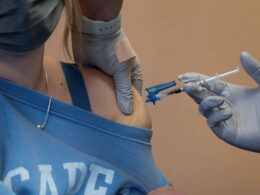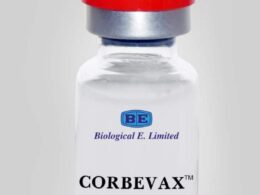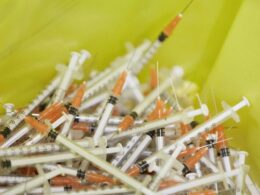NEJM — The New England Journal of Medicine
Dan H. Barouch, M.D., Ph.D.
August 31, 2022
Executive Summary by:
Joaquim Cardoso MSc.
Health Transformation Journal
Vaccines and Vaccination Institute
September 3, 2022 (healthpolicywatch)
Proposed Framework for Covid-19 Vaccine Boosters
What is the background?
- The expectation that Covid-19 vaccines would prevent acquisition of infection and block onward transmission was based on initial data in 2020 (before the emergence of viral variants) that showed high neutralizing antibody titers and robust protective efficacy at peak immunity after mRNA vaccination.
- However, given the substantial waning of serum neutralizing antibody titers and the emergence of variants with increased transmissibility and antibody escape, it would be reasonable now to recalibrate goals for Covid-19 vaccines.
- Current vaccines may not provide high-level, sustained protection against infection or transmission with omicron, even after multiple boosts and also after the introduction of updated omicron-specific vaccines.
What is the most important goal of Covid-19 vaccination? What are the implications of that?
- The most important goal of Covid-19 vaccination should be to provide long-term protection against severe disease, hospitalization, and death from current and future variants.
- Booster recommendations should therefore take into account not only peak neutralizing antibody titers but also durable prevention of severe Covid-19 disease.
What is the current approach?
- Such protection will probably require a combination of humoral and cellular immunity, with an emphasis on long-term rather than short-term immune responses.
- However, to date, the field has focused largely on short-term neutralizing antibody responses. [Several research initiatives are under way]
What is the problem with frequent boosters?
- Boosting every 4 to 6 months to maintain high serum neutralizing antibody titers may not be a practical or desirable long-term strategy.
- Boosting with mRNA vaccines is also not risk-free.
- Moreover, frequent boosting recommendations may worsen “booster fatigue” in the general population, given that to date only 47% of eligible persons in the United States have received any booster dose.
- Expert opinion on the benefits of frequent boosters remains divided, communications from public health authorities have been viewed as confusing and overpromising, and vaccine hesitancy remains a major challenge.
- Frequent booster recommendations may also distract from the critical goal of vaccinating the large number of unvaccinated persons in the United States and throughout the world and may further exacerbate global health inequities.
What vaccination plan booster should consider?
- Plans for boosters should therefore be based on robust scientific data that show substantial and sustained increases in prevention of severe disease rather than on short-term increases in neutralizing antibody titers.
- Enhanced community engagement and implementation research may also reduce vaccine misinformation.
- Ideally, Covid-19 boosters should be recommended no more than annually and preferably less frequently, and a diversity of booster options should be available to the public.
- The use of vaccine platforms with improved durability would be highly desirable.
Ideally, Covid-19 boosters should be recommended no more than annually and preferably less frequently, and a diversity of booster options should be available to the public.
The use of vaccine platforms with improved durability would be highly desirable.
Conclusion:
- The Covid-19 pandemic appears to be transitioning from a hyperacute phase to an endemic phase.
- Current Covid-19 vaccines are less effective at blocking infection with the omicron variant than at blocking infection with prior variants, but protection against severe disease remains largely preserved.
- The primary goal of Covid-19 vaccines should be to provide long-term protection against severe disease, hospitalization, and death.
- It is therefore important for studies of Covid-19 vaccines and boosters to evaluate not only short-term neutralizing antibody titers but also durability of antibody responses, memory B-cell responses, and cross-reactive T-cell responses.
It is therefore important for studies of Covid-19 vaccines and boosters to evaluate not only short-term neutralizing antibody titers but also durability of antibody responses, memory B-cell responses, and cross-reactive T-cell responses.
ORIGINAL PUBLICATION (full version)
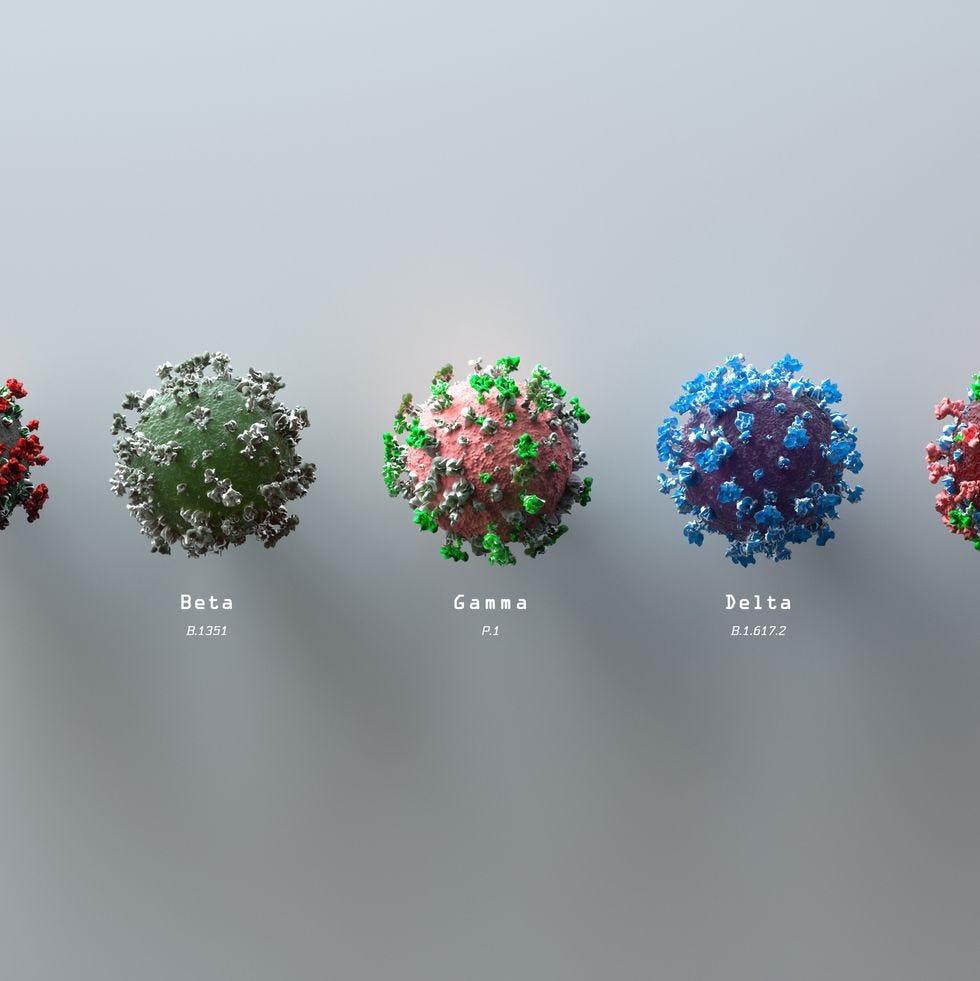
Introduction
The coronavirus disease 2019 (Covid-19) pandemic has claimed an estimated 15 million lives, including more than 1 million lives in the United States alone.
The rapid development of multiple Covid-19 vaccines has been a triumph of biomedical research, and billions of vaccine doses have been administered worldwide.
Challenges facing the Covid-19 vaccine field include inequitable vaccine distribution, vaccine hesitancy, waning immunity, and the emergence of highly transmissible viral variants that partially escape antibodies.
This review summarizes the current state of knowledge about immune responses to Covid-19 vaccines and the importance of both humoral and cellular immunity for durable protection against severe disease.
Antiviral Immunity
The immune system is broadly divided into the innate and adaptive immune systems.
Innate immune responses are the first line of defense against viruses and are rapidly triggered when cellular pattern-recognition receptors, such as toll-like receptors, recognize pathogen-associated molecular patterns.
Innate antiviral immunity includes secretion of type I interferons, antiviral cytokines, and certain cellular responses, including neutrophils, monocytes and macrophages, dendritic cells, and natural killer cells.1
Adaptive immune responses, the second line of defense against viruses, involve antigen-specific recognition of viral epitopes.
Adaptive immunity includes two complementary branches of the immune system: humoral immunity and cellular immunity.
Humoral immunity to severe acute respiratory syndrome coronavirus 2 (SARS-CoV-2) includes antibodies that bind the SARS-CoV-2 spike protein and either neutralize the virus or eliminate it through other effector mechanisms.2,3
Cellular immunity to SARS-CoV-2 includes virus-specific B cells and T cells, which provide long-term immunologic memory and rapidly expand on reexposure to antigen. B cells produce antibodies, CD8+ T cells directly eliminate virally infected cells, and CD4+ T cells provide help to support the immune responses.
Figure 1.

Immune Responses for Protection against Severe Acute Respiratory Syndrome Coronavirus 2 (SARS-CoV-2).
For acute viral infections, including SARS-CoV-2, it is likely that neutralizing antibodies are critical for blocking acquisition of infection, whereas a combination of humoral and cellular immune responses most likely controls viral replication after infection and prevents progression to severe disease, hospitalization, and death (Figure 1).4–7
For a highly transmissible SARS-CoV-2 variant that largely escapes neutralizing antibodies, cellular immunity may be particularly important for long-term protection against severe disease.

Current Covid-19 Vaccines
Early data from nonhuman primate studies showed the protective efficacy of both natural immunity8 and vaccine immunity9–12 against experimental SARS-CoV-2 challenge.
These findings provided preclinical support for the rapid clinical development of SARS-CoV-2 vaccines. The World Health Organization (WHO) reported that more than 300 Covid-19 vaccines were in preclinical or clinical development as of May 6, 2022.
Ten Covid-19 vaccines, reflecting eight distinct vaccine products, have been approved by the WHO for global use (see Table S1 in the Supplementary Appendix, available with the full text of this article at NEJM.org).
Ten Covid-19 vaccines, reflecting eight distinct vaccine products, have been approved by the WHO for global use
These vaccines involve four distinct vaccine platforms: inactivated virus vaccines (Sinopharm’s Covilo, Sinovac’s CoronaVac, and Bharat Biotech’s Covaxin), messenger RNA (mRNA) vaccines (Moderna’s Spikevax mRNA-1273 and Pfizer–BioNTech’s Comirnaty BNT162b2), adenovirus vector–based vaccines (AstraZeneca’s Vaxzevria and Covishield ChAdOx1 and Johnson & Johnson–Janssen’s Ad26.COV2.S), and adjuvanted protein vaccines (Novavax’s Nuvaxovid and Covovax NVX-CoV2373).
Additional vaccines have been approved by other regulatory bodies and are also in widespread clinical use, but a comprehensive summary of all Covid-19 vaccines is beyond the scope of this review.
It has been estimated that global Covid-19 vaccination saved approximately 20 million lives during the first year of the vaccine rollout.13
It has been estimated that global Covid-19 vaccination saved approximately 20 million lives during the first year of the vaccine rollout.
Table 1.

Protective Efficacy of Coronavirus Disease 2019 (Covid-19) Vaccines against the Ancestral Viral Strain in the United States and against the Omicron Variant in South Africa.
In the United States, four vaccines have been authorized for either full approval or emergency use:
- the mRNA vaccines BNT162b2 and
- mRNA-1273,
- the adenovirus vector–based vaccine Ad26.COV2.S, and
- most recently the adjuvanted protein vaccine NVX-CoV2373.
Randomized, placebo-controlled, phase 3 trials in the United States, conducted before the emergence of the omicron variant, showed initial protective efficacy of 94 to 95% against symptomatic Covid-19 infection with the two-shot BNT162b2 vaccine, the two-shot mRNA-1273 vaccine, and the two-shot Ad26.COV2.S vaccine, as well as 72% efficacy with the one-shot Ad26.COV2.S vaccine14–17 (Table 1).
The mRNA vaccines have been used most widely in the United States and Europe, but their use in developing countries has been relatively limited — in part because of their cost, freezing requirements, distribution logistics, and business priorities — and has resulted in stark global health inequities.
More than 70% of eligible persons in the United States and most other developed countries have been fully vaccinated, whereas less than 15% of persons in Africa have been fully vaccinated (Figure 2).
Figure 2. Global Covid-19 Vaccination Rates.
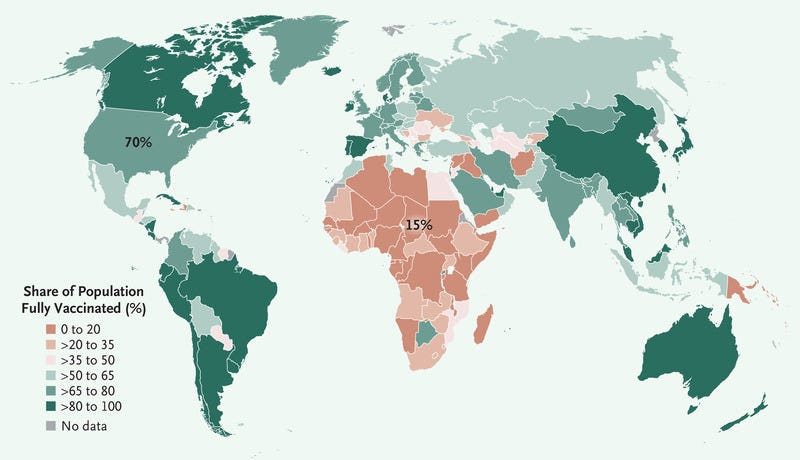
More than 70% of eligible persons in the United States and most other developed countries have been fully vaccinated, whereas less than 15% of persons in Africa have been fully vaccinated
A more equitable vaccine rollout that achieved the WHO target of 40% vaccination coverage in developing countries in 2021 would have saved an estimated 600,000 lives.13
The adenovirus vector–based vaccines have greater stability than the mRNA vaccines and no freezing requirements and have been used more extensively in developing countries.
A more equitable vaccine rollout that achieved the WHO target of 40% vaccination coverage in developing countries in 2021 would have saved an estimated 600,000 lives.
The Food and Drug Administration and the Centers for Disease Control and Prevention (CDC) have recently restricted the use of Ad26.COV2.S in the United States because of the rare but serious occurrence of vaccine-induced immune thrombotic thrombocytopenia (VITT), also called thrombosis with thrombocytopenia syndrome (TTS).
VITT has developed in 54 persons (9 of whom died), reflecting a rate of 3 to 4 cases per 1 million vaccinated persons.19,20
However, adenovirus vector–based vaccines remain first-line vaccines in much of the developing world, and the rate of VITT may be lower in South Africa than in the United States.18,21,22
VITT has also been reported in Europe with ChAdOx1, at a rate of 13 to 39 cases per 1 million vaccinated persons.23,24 In the United States, VITT has also been reported in 3 patients who received mRNA-1273 (1 of whom died).19,25
Myocarditis and pericarditis have been reported as complications with BNT162b2 and mRNA-1273, at a rate of 52 to 137 cases per 1 million vaccinated adolescent boys and young men after the second dose,26–29 with at least 10 reported deaths.27,28,30,31
The incidence rate of myocarditis within 7 days after the second mRNA dose has been reported as 566 cases per 1 million person-years.32
Although most cases of vaccine-induced myocarditis are mild, severe complications can occur, and cardiac magnetic resonance imaging changes have been reported to persist in a substantial fraction of young men for at least 3 to 8 months after recovery.33
Both thrombosis and myocarditis occur far more frequently after Covid-19 infection than after Covid-19 vaccination.

Vaccine Durability
The BNT162b2 and mRNA-1273 vaccines induce outstanding short-term neutralizing antibody responses and protective efficacy.14,15
However, the high initial serum neutralizing antibody titers induced by mRNA vaccines wane by 3 to 6 months and decline further by 8 months, with a half-life of approximately 60 days.34–38
In contrast to BNT162b2 and mRNA-1273, Ad26.COV2.S induces lower initial neutralizing antibody titers,16,39,40 but these neutralizing antibody responses and clinical effectiveness are fairly durable for at least 8 months.38,41–43
At 6 to 8 months, antibody responses are fairly similar with BNT162b2, mRNA-1273, and Ad26.COV2.S.38,43 Data from real-world effectiveness studies are largely concordant with these immunologic data and have shown initially higher protection with BNT162b2 and mRNA-1273 than with Ad26.COV2.S, but these differences narrowed after several months.41,44–46
Thus, BNT162b2 and mRNA-1273 induce high initial antibody titers that wane after a few months, whereas Ad26.COV2.S induces lower initial antibody responses with greater durability.
The waning of immunity with mRNA vaccines is correlated with increased breakthrough infections in vaccinated persons, initially exemplified by the large cluster of breakthrough infections with the SARS-CoV-2 delta variant in July 2021 in Provincetown, Massachusetts.47
In vaccinated persons with breakthrough infections, particularly robust immune responses, known as hybrid immunity, have been shown to develop.
These findings suggest that population immunity to SARS-CoV-2 will continue to increase through a combination of widespread vaccination and infection.48
Genomic and epidemiologic data from this outbreak showed evidence of transmission between fully vaccinated persons.49
These findings suggest that population immunity to SARS-CoV-2 will continue to increase through a combination of widespread vaccination and infection.
Genomic and epidemiologic data from this outbreak showed evidence of transmission between fully vaccinated persons.
Cellular immune responses are induced by both mRNA vaccines and adenovirus vector–based vaccines and have shown greater durability than serum antibody titers.
Germinal center B cells have been reported to persist for at least 6 months after BNT162b2 vaccination.50,51 CD8+ T-cell responses are particularly high after Ad26.COV2.S vaccination, with durability for at least 6 to 8 months.38,52
Because CD8+ T-cell responses control viral replication after infection,4,6,53–55 it is likely that SARS-CoV-2 vaccines will continue to provide substantial protection against severe disease even after serum neutralizing antibody titers wane.
In immunocompromised persons, both antibody and T-cell responses to Covid-19 vaccines are reduced, with the degree of reduction dependent on the extent and type of immunosuppression.56,57
In these populations, additional vaccine doses and prophylactic treatment with monoclonal antibodies are recommended.
SARS-CoV-2 Variants of Concern
Figure 3.

SARS-CoV-2 Variants over Time.
In the spring of 2020, the predominant global form of the original virus rapidly transitioned to a variant that carried four mutations in the SARS-CoV-2 genome, including a single D614G point mutation in the spike protein that conferred a fitness advantage.58,59
Subsequently, multiple waves of SARS-CoV-2 variants have emerged that replaced prior variants, with new variants often showing increased transmissibility and greater antibody escape (Figure 3).
In late 2020, the alpha (B.1.1.7), beta (B.1.351), and gamma (P.1) variants emerged in the United Kingdom, South Africa, and Brazil, respectively.
These variants were then replaced globally by the delta (B.1.617.2) variant, which emerged in India in the summer of 2021.
In late 2021, the highly transmissible omicron (B.1.1.529) variant emerged in Africa and abruptly became the most prevalent virus globally.
In contrast to the 4 mutations in delta, omicron has more than 50 mutations, including more than 30 mutations in the spike protein, which result in substantial escape from neutralizing antibody responses elicited by vaccination or prior infection with a non-omicron variant.60–64
The omicron lineage has rapidly splintered into subvariants BA.1, BA.1.1, BA.2, BA.2.12.1, BA.4, and BA.5 (Figure 3).
Neutralizing antibody titers against BA.5, which is currently the predominant variant in the United States, are decreased by a factor of approximately 3 as compared with titers against BA.1 and BA.2.65–67
Multiple studies have shown that neutralizing antibodies induced by all primary vaccine regimens show little cross-reactivity with omicron but that boosting leads to a substantial increase in omicron neutralizing antibodies.68,69
However, these increased neutralizing antibody titers, as well as clinical effectiveness, have been shown to wane by 4 months after a third mRNA immunization.62,70,71
After a fourth mRNA immunization, protection against infection with SARS-CoV-2 omicron has been reported to wane after just 4 weeks, although protection against severe disease lasts longer.72
Hybrid immunity from both vaccination and infection provides greater and more durable protection than either alone.73,74
After a fourth mRNA immunization, protection against infection with SARS-CoV-2 omicron has been reported to wane after just 4 weeks, although protection against severe disease lasts longer.
Hybrid immunity from both vaccination and infection provides greater and more durable protection than either alone.
In contrast with the limited cross-reactivity of vaccine-induced neutralizing antibodies to omicron, T-cell responses induced by vaccines have very good (>80%) cross-reactivity to omicron75–77 and to prior variants.6,39,53
These data suggest that cellular immunity to SARS-CoV-2 variants remains largely intact. During the omicron surge in South Africa, the two-shot Ad26.COV2.S and the two-shot BNT162b2 vaccines provided 72% and 70% protection against hospitalization and 82% and 70% protection against admission to an intensive care unit, respectively18 (Table 1).
This robust protection, essentially in the absence of high titers of omicron neutralizing antibodies, suggests the importance of other immune measures, including CD8+ T-cell responses and possibly other functional antibody responses, in providing protection against severe disease with a viral variant that largely escapes neutralizing antibodies.
Figure 4.

Protective Efficacy of Covid-19 Vaccines in the United States.
In the United States, composite data from the CDC show that the BNT162b2, mRNA-1273, and Ad26.COV2.S vaccines all provided substantial protection against the delta surge in the fall of 2021 and against the omicron surges in the winter of 2021–2022 and in the spring of 2022 (Figure 4).
Breakthrough rates per 100,000 vaccinated persons were higher with Ad26.COV2.S than with the mRNA vaccines during the delta surge but were lower with Ad26.COV2.S than with the mRNA vaccines during the omicron surge, potentially reflecting the durability of Ad26.COV2.S-induced immunity.
These data are consistent with real-world effectiveness studies that have shown that the mRNA vaccines are initially more effective than the Ad26.COV2.S vaccine but that these differences diminish or disappear after several months.18,41,44–46
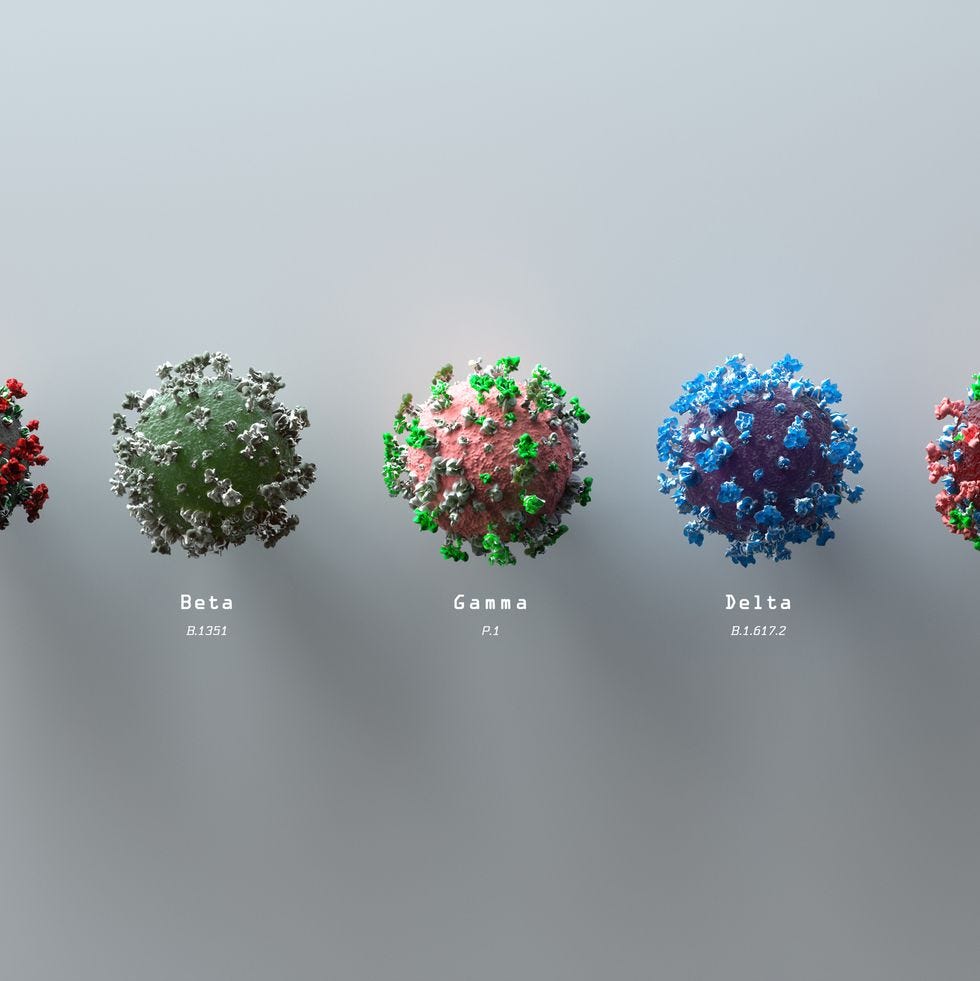
Immune Correlates of Protection
Early preclinical studies in nonhuman primates identified both neutralizing and other functional antibodies as correlates of vaccine protection against SARS-CoV-2 challenge.8,9,12
Adoptive transfer studies with purified IgG confirmed that antibodies alone were sufficient to block infection in both nonhuman primates and hamsters, provided that the antibodies were administered at a sufficiently high dose.54,78,79
In vivo CD8 depletion studies in nonhuman primates also showed that CD8+ T cells contributed to protection when antibody titers were subprotective.54
Moreover, vaccine failure against an omicron challenge in nonhuman primates was associated with low levels of both omicron neutralizing antibodies and CD8+ T cells.80
These data suggest that antibodies alone can block infection if antibody titers against the infecting virus strain are sufficiently high but that a combination of humoral and cellular immunity is critical for virologic control after breakthrough infection.
Analyses of immune correlates from the phase 3 clinical trials of mRNA-1273 and Ad26.COV2.S confirmed that antibody titers correlated with protection against symptomatic Covid-19 infection.81,82
However, these studies were performed before the emergence of the omicron variant, and T-cell responses were not included in these correlate analyses.
It is possible that correlates of protection against highly transmissible viral variants that largely escape neutralizing antibody responses, such as omicron, skew more heavily toward cellular immunity.
Moreover, CD8+ T cells have been shown to correlate with survival among patients with Covid-19 and hematologic cancer.7 As discussed above, both BNT162b2 and Ad26.COV2.S provided robust protection against severe disease during the omicron surge in South Africa in the absence of high titers of omicron neutralizing antibodies.18
Moreover, Ad26.COV2.S provided protection against hospitalization and death during the beta and delta surges in South Africa in the absence of high titers of neutralizing antibodies against these variants.21
Taken together, these data suggest that neutralizing antibodies are primarily responsible for blocking acquisition of SARS-CoV-2 infection but that both antibody and CD8+ T-cell responses are critical for preventing severe disease (Figure 1).
Current vaccines provide only modest protection against infection and transmission with the omicron variant, even at peak immunity after boosting.
Current vaccines provide only modest protection against infection and transmission with the omicron variant, even at peak immunity after boosting.
Moreover, it is likely that neutralizing antibody titers may need to be substantially higher to protect against infection with the highly transmissible omicron variant than were needed to protect against infection with prior variants.
In contrast to neutralizing antibodies, vaccine-induced CD8+ T-cell responses are highly cross-reactive against omicron and most likely contribute substantially to protection against severe disease.
Future research should focus on the role of mucosal humoral and cellular immunity at the site of inoculation, which may play a critical role in protection against SARS-CoV-2 infection.
Future research should focus on the role of mucosal humoral and cellular immunity at the site of inoculation, which may play a critical role in protection against SARS-CoV-2 infection.
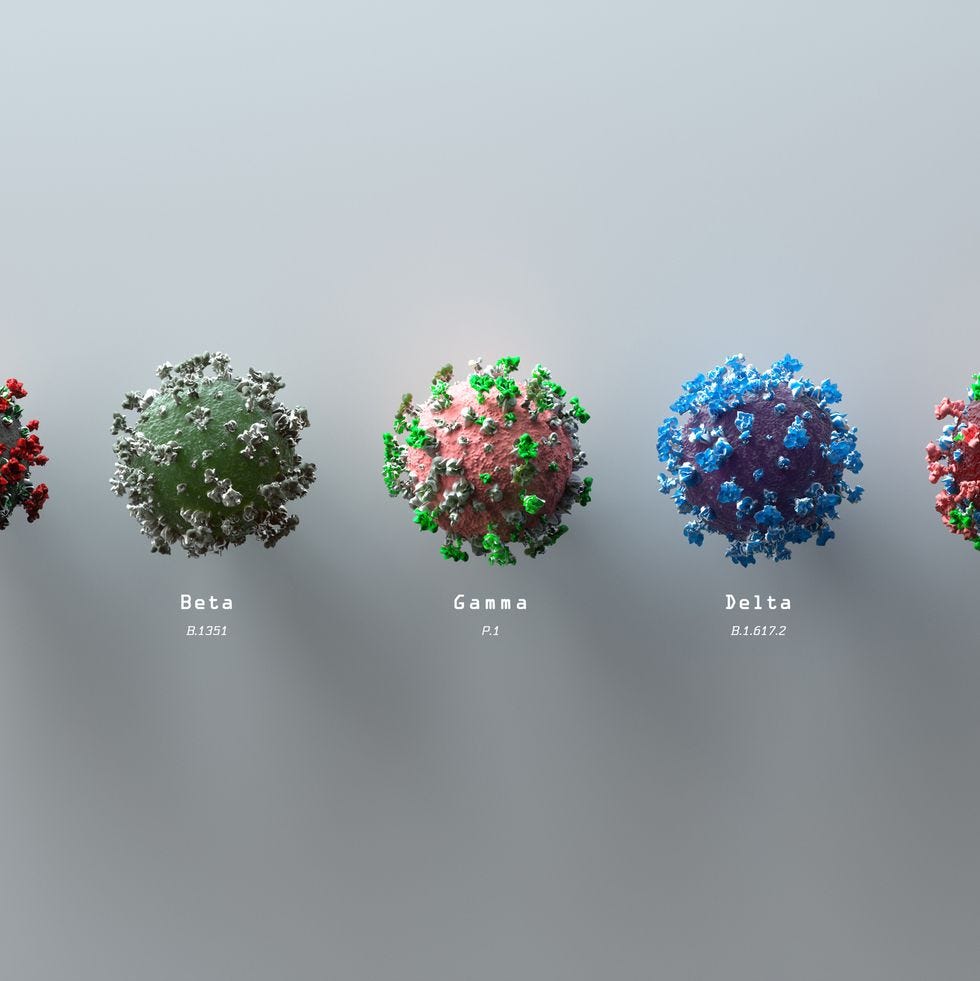
Proposed Framework for Covid-19 Vaccine Boosters
The expectation that Covid-19 vaccines would prevent acquisition of infection and block onward transmission was based on initial data in 2020 (before the emergence of viral variants) that showed high neutralizing antibody titers and robust protective efficacy at peak immunity after mRNA vaccination.
However, given the substantial waning of serum neutralizing antibody titers and the emergence of variants with increased transmissibility and antibody escape, it would be reasonable now to recalibrate goals for Covid-19 vaccines.
Current vaccines may not provide high-level, sustained protection against infection or transmission with omicron, even after multiple boosts and also after the introduction of updated omicron-specific vaccines.
Instead, the most important goal of Covid-19 vaccination should be to provide long-term protection against severe disease, hospitalization, and death from current and future variants.
Current vaccines may not provide high-level, sustained protection against infection or transmission with omicron, even after multiple boosts and also after the introduction of updated omicron-specific vaccines.
Instead, the most important goal of Covid-19 vaccination should be to provide long-term protection against severe disease, hospitalization, and death from current and future variants.
Booster recommendations should therefore take into account not only peak neutralizing antibody titers but also durable prevention of severe Covid-19 disease.
Such protection will probably require a combination of humoral and cellular immunity, with an emphasis on long-term rather than short-term immune responses.
However, to date, the field has focused largely on short-term neutralizing antibody responses.
The potential role of an omicron-containing booster is currently being explored, but a study in nonhuman primates showed that an omicron-specific mRNA vaccine was not better than the original mRNA-1273 vaccine for protection against omicron challenge.83
Early clinical studies have shown that boosting with bivalent mRNA vaccines containing both ancestral and omicron BA.1 spike immunogens induced peak omicron neutralizing antibody titers that were less than twice the peak titers induced by boosting with the original mRNA vaccines.
Thus, clinical benefits of the updated boosters as compared with the current vaccines are not clear.
Heterologous prime-boost (“mix-and-match”) regimens, which involve combinations of mRNA and Ad26 vaccines, are also being investigated as a strategy for improving the magnitude and durability of humoral and cellular immunity, as compared with either type of vaccine alone.52,84,85
In addition, early research on the development of pan-sarbecovirus and pan-betacoronavirus vaccines is under way.
Booster recommendations should therefore take into account not only peak neutralizing antibody titers but also durable prevention of severe Covid-19 disease.
Boosting every 4 to 6 months to maintain high serum neutralizing antibody titers may not be a practical or desirable long-term strategy.
Boosting with mRNA vaccines is also not risk-free.
Moreover, frequent boosting recommendations may worsen “booster fatigue” in the general population, given that to date only 47% of eligible persons in the United States have received any booster dose.
Expert opinion on the benefits of frequent boosters remains divided, communications from public health authorities have been viewed as confusing and overpromising, and vaccine hesitancy remains a major challenge.
Frequent booster recommendations may also distract from the critical goal of vaccinating the large number of unvaccinated persons in the United States and throughout the world and may further exacerbate global health inequities.
Boosting every 4 to 6 months to maintain high serum neutralizing antibody titers may not be a practical or desirable long-term strategy.
Plans for boosters should therefore be based on robust scientific data that show substantial and sustained increases in prevention of severe disease rather than on short-term increases in neutralizing antibody titers.
Enhanced community engagement and implementation research may also reduce vaccine misinformation. Ideally, Covid-19 boosters should be recommended no more than annually and preferably less frequently, and a diversity of booster options should be available to the public. The use of vaccine platforms with improved durability would be highly desirable.
Plans for boosters should therefore be based on robust scientific data that show substantial and sustained increases in prevention of severe disease rather than on short-term increases in neutralizing antibody titers.

Conclusions
The Covid-19 pandemic appears to be transitioning from a hyperacute phase to an endemic phase. Current Covid-19 vaccines are less effective at blocking infection with the omicron variant than at blocking infection with prior variants, but protection against severe disease remains largely preserved. The primary goal of Covid-19 vaccines should be to provide long-term protection against severe disease, hospitalization, and death. It is therefore important for studies of Covid-19 vaccines and boosters to evaluate not only short-term neutralizing antibody titers but also durability of antibody responses, memory B-cell responses, and cross-reactive T-cell responses.
References:
See the original publication
About the authors & Affiliations
Dan H. Barouch, M.D., Ph.D.
From Beth Israel Deaconess Medical Center and
Harvard Medical School, Boston, and
the Ragon Institute of MGH, MIT, and
Harvard, Cambridge — both in Massachusetts.
I thank Mark Zeidel, Bette Korber, James Theiler, Stanley Plotkin, Nelson Michael, and Bruce Walker for helpful discussions, assistance with earlier versions of figures, and critical review of the manuscript.
Originally published at https://www.nejm.org.







